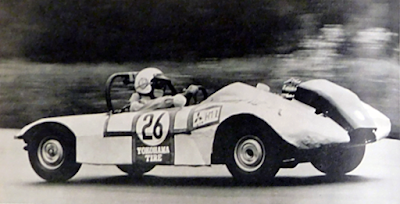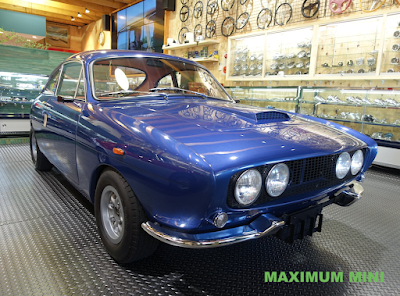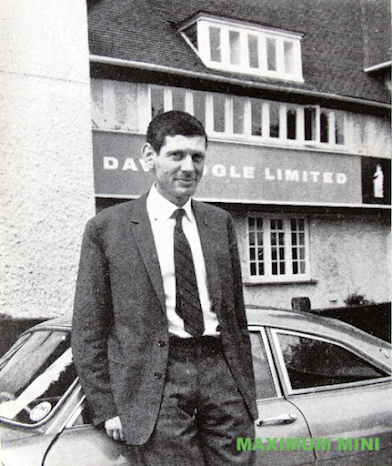Friday, 27 January 2023
John Lennon's Radford Mini: a replica is in the making
Thursday, 26 January 2023
Stimson's stories (5)
Wednesday, 25 January 2023
Looking for the Aldon-Viper BMC
Your help is needed: I am looking for a picture of a racing car named the Aldon-Viper BMC. This car was built by Aldon Engineering and raced in 1970 and 1971 by a man named Pat Ryan from Halesowen in the Midlands. The car was described as 'A slender chassis design, powered by a BMC Mini engine and used for sprints and hill climbs". I did speak to Aldon-boss Alan Goodwin.
Who has ever laid his eyes on it - or knows of a picture?
Tuesday, 24 January 2023
60 Years ago: pre-launch of the Deep Sanderson 301
These cool pictures have been in the Maximum Mini files for ages and I thought I'd share them with you now. They are unique photographs of the Deep Sanderson 301 production car's pre-launch - well, I believe it to be that. The 301 was of course officially launched at the Racing Car Show of January 1963, but these pictures are not taken there. And so I can only think of this being a private little party to celebrate the car getting ready for its first showing to the world, probably in Acton where it was built by LawrenceTune Engineering. I have never seen them anywhere else. Anyone who knows more is welcome to add any further information.
Friday, 20 January 2023
Mystery Mini Derivative (85) UPDATED: not Mini based
Boy, is the first Mystery Mini Derivative for this year shrouded in - er - mystery! It's only believed to be Mini powered, but even that is not known for sure. The picture was provided by regular supplier Roald Rakers and was supposedly shot in 1969 during a race in Japan in what was known as the 'Golden Series Minicar Challenge'.
That does indeed look like a Mini engine poking out of the front to me, with two carburetors standing in the right position, aren't they? And those wheels may very well be 10" Mini ones also. But then... the Japanese had some small cars on offer, too. So... who knows more about this intriguing little racer from Nippon?
UPDATE 21 January 2023: Not a Mini derivative! According to Noriyuki Karikomi this is a Honda N360 based Phantom Formula Junior car. Thank you very much.



































